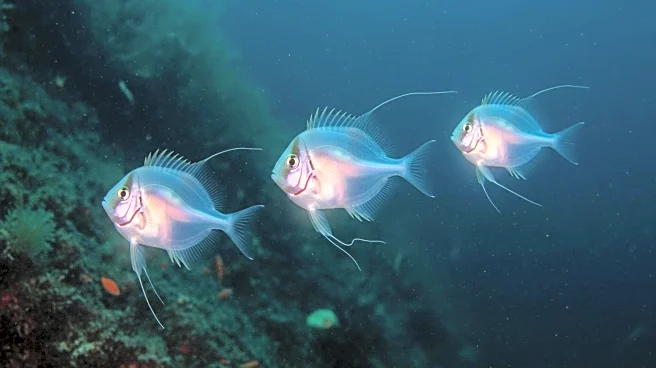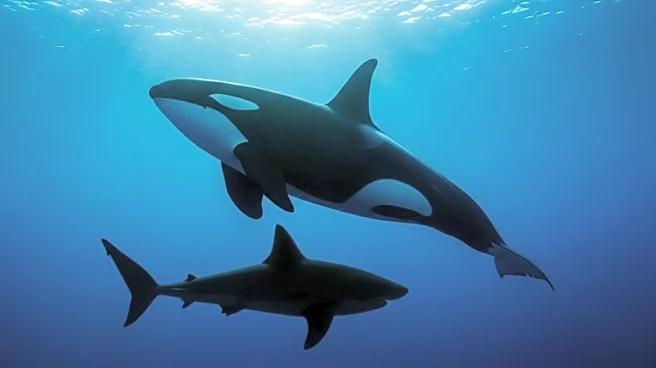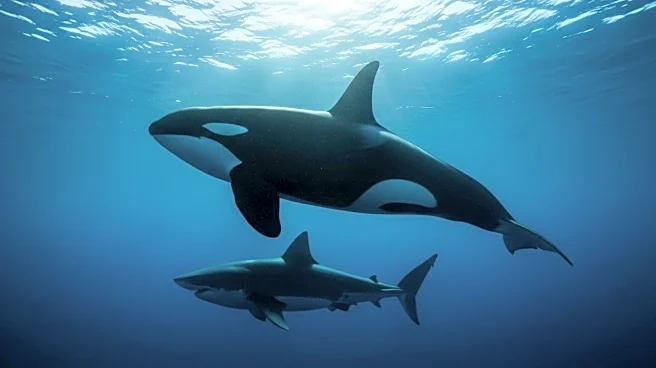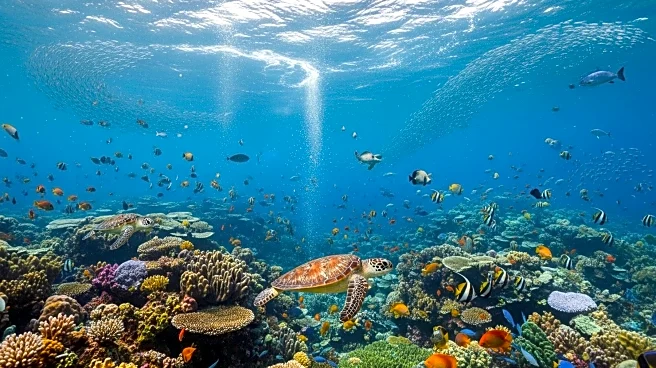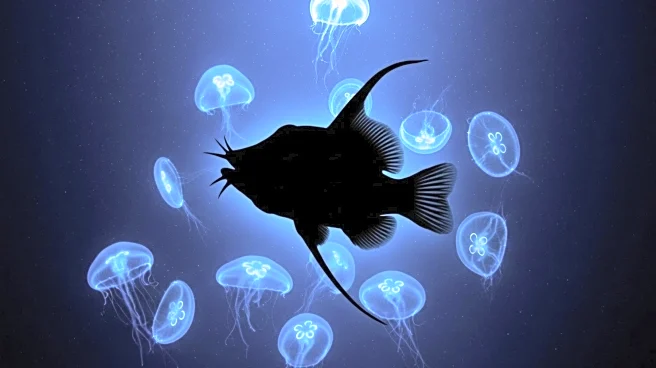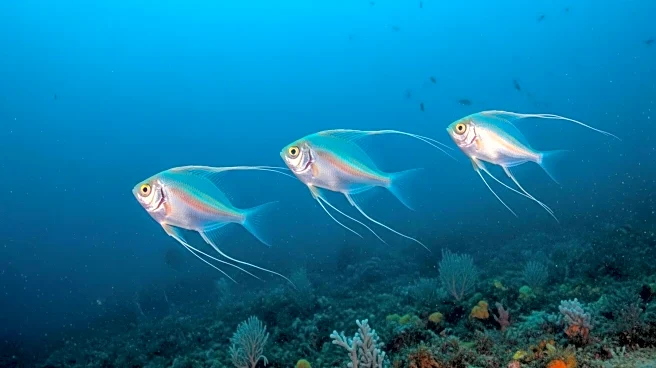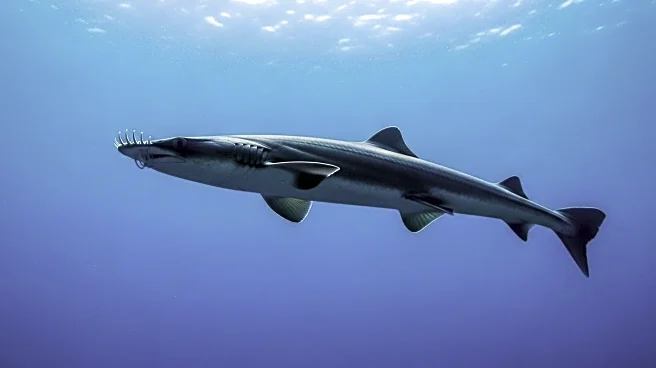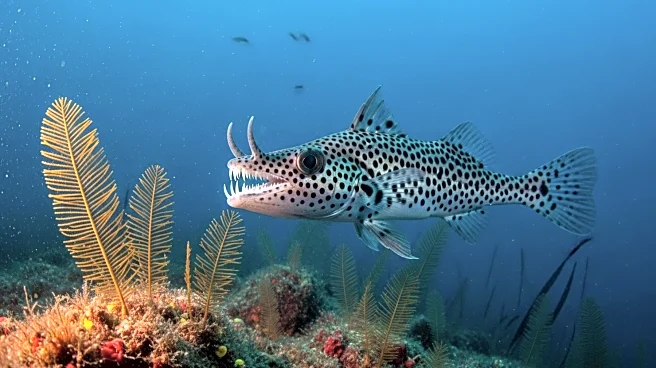What is the story about?
What's Happening?
Researchers have discovered three new species of deep-sea snailfish using advanced underwater technology. These species were identified through CT scans and DNA sequencing, revealing features distinct from any known species. The discovery, detailed in a paper published in Ichthyology and Herpetology, was made possible by an underwater robot camera developed by the Monterey Bay Aquarium Research Institute. The three snailfish species, found off the coast of Central California, include the bumpy snailfish, the dark snailfish, and the sleek snailfish. Each species exhibits unique physical characteristics, contributing to the diversity of the snailfish family, which includes over 400 species globally.
Why It's Important?
The discovery of new snailfish species highlights the potential for scientific advancements in understanding deep-sea ecosystems. These findings contribute to the broader knowledge of marine biodiversity and the adaptations required for survival in extreme environments. The research underscores the importance of technological innovation in uncovering previously unknown species, which can provide insights into evolutionary biology and ecological dynamics. This discovery also emphasizes the need for conservation efforts to protect deep-sea habitats, which are increasingly threatened by human activities such as deep-sea mining and climate change.
What's Next?
Researchers aim to continue exploring the deep-sea environments to uncover more about these newly discovered snailfish species. Further studies may focus on their ecological roles, distribution, and potential interactions with other marine organisms. The findings could inform conservation strategies to preserve deep-sea biodiversity and mitigate the impacts of human activities. As scientists learn more about these species, there may be opportunities to explore their potential applications in biotechnology and medicine, given the unique characteristics of deep-sea organisms.
Beyond the Headlines
The discovery of new snailfish species raises ethical considerations regarding deep-sea exploration and the need to balance scientific curiosity with environmental protection. As researchers delve deeper into oceanic environments, there is a growing responsibility to ensure that exploration does not harm fragile ecosystems. The findings also prompt questions about the impact of climate change on deep-sea habitats and the resilience of marine organisms to environmental shifts. This research serves as a reminder of the interconnectedness of global ecosystems and the importance of preserving biodiversity for future generations.
AI Generated Content
Do you find this article useful?
